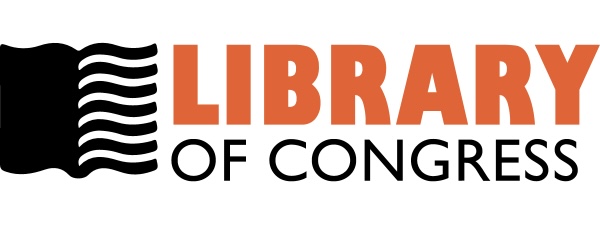The strategy of paracetamol (acetaminophen) use in closing patent ductus arteriosus in premature neonates.
DOI:
https://doi.org/10.32007/jfacmedbagdad.583260Keywords:
Paracetamol, acetaminophen, patent ductus arteriosus, premature, preterm, neonate.Abstract
Background: Patent ductus arteriosus (PDA) is a common problem in premature neonates which can be closed pharmacologically using nonsteroidal anti-inflammatory drugs (NSAIDs) with many side effects. Recently paracetamol is used in this field when these drugs can not be used like in cases of gastrointestinal (G.I.T) bleeding or perforation, or if the patient doesn’t show response to the NSAIDs and it seems to be of good safety. To the best knowledge this is the first paper that describes in details the strategy of using paracetamol in closing PDA in premature neonates and gives recommendations about this therapy.
Objective: To give a guide and recommendations about using paracetamol in closing PDA in premature neonates regarding dosage regimen, route of administration, and about how to select and evaluate the patients before and during this therapy.
Patients and Methods: A web search was done in MEDLINE, SCOPUS, Cochrane library and ISI Web of Knowledge databases as well as electronic and manual screening of conference abstracts from international meetings of relevant organizations using the words acetaminophen, paracetamol, patent ductus arteriosus, preterm and premature for all English written publications (case reports, case series and studies with no date restrictions) related to the topic.
Results and data synthesis: Twenty article of different types have been evaluated. Best candidates were those premature babies with hemodynamically significant (hds) PDA and had no contraindication for paracetamol therapy. Generally success rate was ranging between 70-100 % using oral or intravenous (IV) paracetamol in a dose of 30-60 mg/kg/24 hours (h) divided every 6-8 h .Therapy commonly started after 48 h of postnatal age, patients were maximally given 2 courses during 7 days period. Pretreatment evaluation included clinical, echocardiography, cranial ultrasonography, liver function tests (LFT), renal function tests (RFT) and platelet count; and the same parameters were used during daily follow up of the patients.
Conclusion: Paracetamol found to be the best choice for pharmacological closure of PDA in premature neonates if they are not responding to the other NSAIDs or when they are contraindicated. Patients should not have contraindications for this therapy and paracetamol was used in a dose that is higher than the analgesic dose with special concentration on intraventricular hemorrhage, liver function, renal function and blood platelets during treatment but generally the drug is safe one with no serious complications being reported.




















 Creative Commons Attribution 4.0 International license..
Creative Commons Attribution 4.0 International license..


